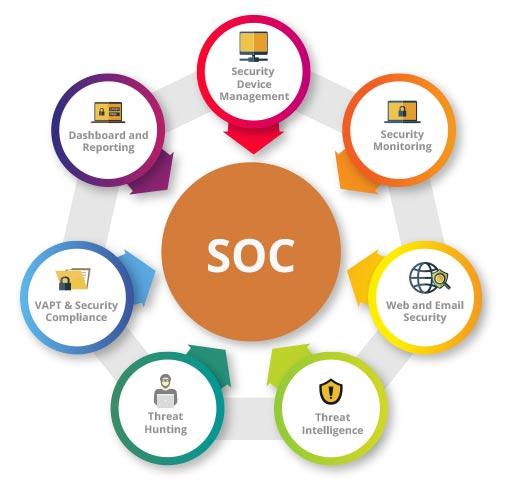Analyzing Dominant Segments of the Security Operation Center Market Share

Understanding the distribution of market share is crucial for identifying the dominant models and geographic trends within the cybersecurity industry. In the rapidly evolving SOC space, the allocation of Security Operation Center Market Share is being shaped by organizational needs, technological maturity, and the persistent cybersecurity skills gap. As the overall market prepares for a period of sustained growth, projected at an 8.2% CAGR through 2032, it's clear that this expansion is being driven by powerful trends like widespread cloud adoption and the bring-your-own-device (BYOD) phenomenon. A closer look at the market share reveals a dynamic landscape where different deployment models and regional hubs are competing for dominance, providing organizations with a diverse range of options for implementing their security operations and defending their digital infrastructure.
From a deployment model perspective, the market is broadly segmented into in-house, co-managed (hybrid), and fully outsourced SOCs. Historically, large enterprises with significant resources favored building their own dedicated, in-house SOCs to maintain full control over their security posture. While this segment still holds a substantial share, the outsourced model, often referred to as SOC-as-a-Service (SOCaaS) or Managed Detection and Response (MDR), is capturing an increasing share of the market. This trend is driven by the high cost and complexity of building an in-house SOC and the severe global shortage of skilled cybersecurity professionals. The co-managed model, where an organization partners with a service provider to augment its internal team, is also gaining popularity as a flexible middle ground.
Geographically, North America currently holds the largest share of the SOC market. This dominance is due to several factors, including the high concentration of large enterprises, early adoption of advanced technologies, a mature cybersecurity market, and stringent regulatory requirements. Europe follows as another major market, with strong data privacy laws like GDPR driving significant investment in security monitoring and incident response capabilities. However, the Asia-Pacific (APAC) region is emerging as the fastest-growing market. Rapid digitalization, increasing cyber threats, and growing government investment in cybersecurity infrastructure in countries like India, Japan, and Australia are fueling a surge in demand for SOC services, making APAC a key battleground for global vendors and service providers.
In terms of the providers themselves, the market share is fragmented among a wide range of players. This includes large, diversified IT service providers, pure-play Managed Security Service Providers (MSSPs), specialized MDR vendors, and the major cloud providers (like Microsoft and Google) who are increasingly offering their own native security operations tools and services. The intense competition among these players is a major driver of innovation, leading to more advanced, integrated, and cost-effective solutions for customers. As the market continues to mature, we may see some consolidation, but the diverse needs of businesses across different sizes and industries will likely ensure a vibrant and competitive landscape for the foreseeable future.
Explore Our Latest Trending Reports:
- Art
- Business
- Causes
- Crafts
- Dance
- Drinks
- Film
- Fitness
- Food
- Giochi
- Gardening
- Health
- Home
- Literature
- Music
- Networking
- Altre informazioni
- Party
- Religion
- Shopping
- Sports
- Theater
- Wellness
